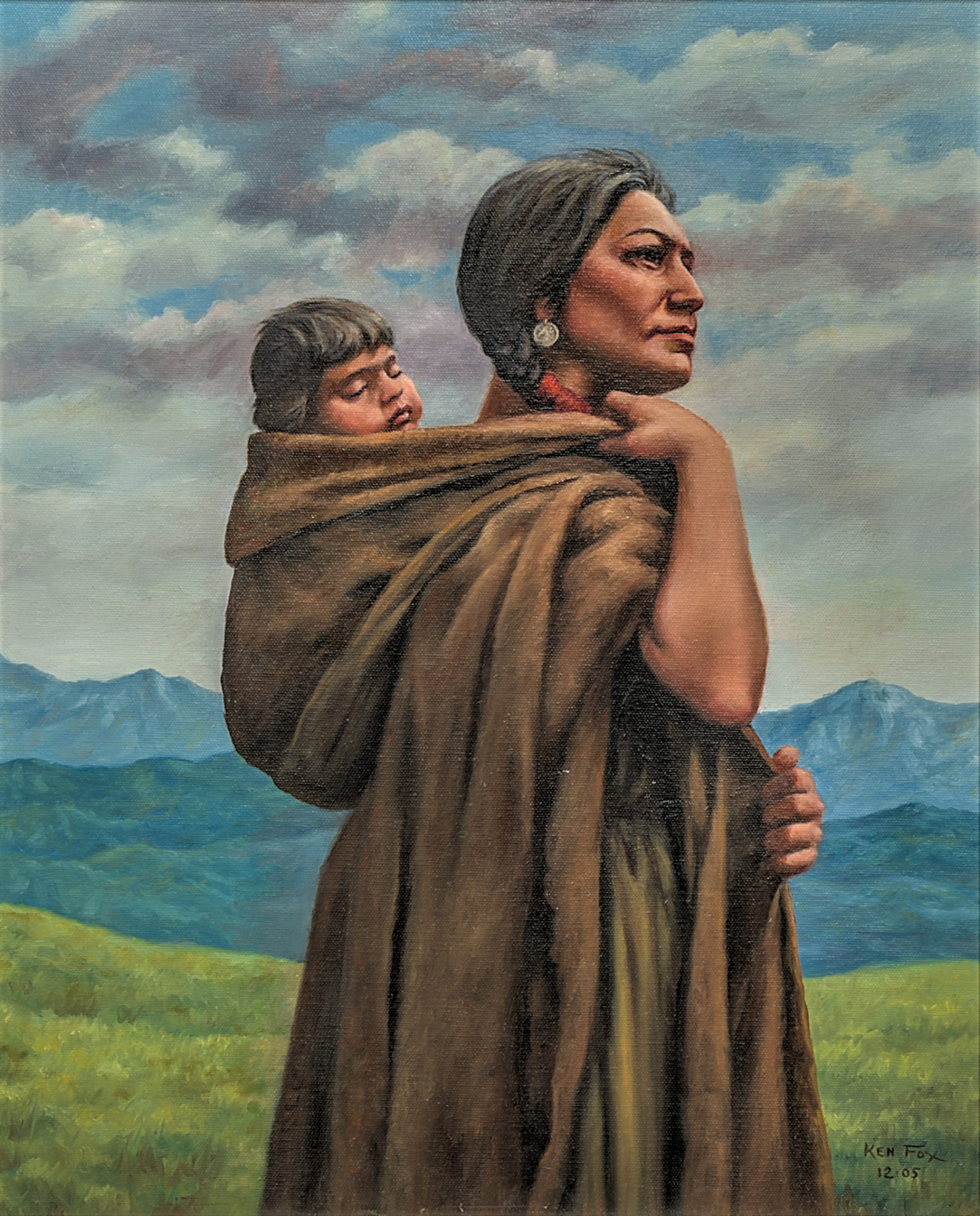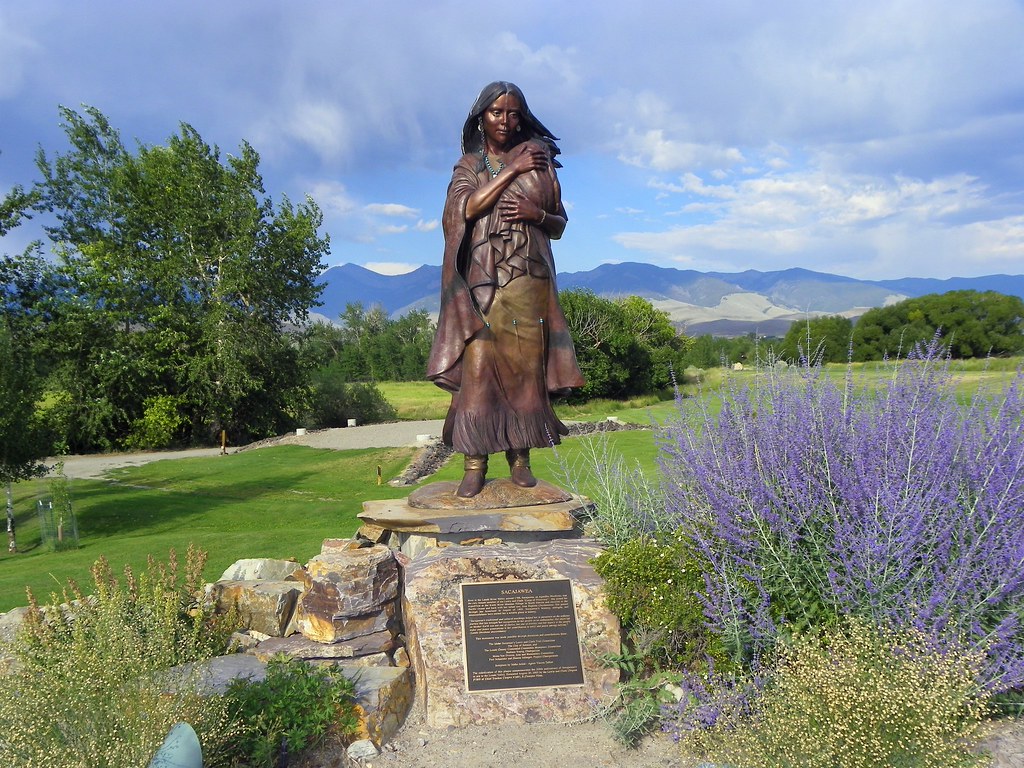Sacagawea, the daughter of a Shoshone chief, was captured by an enemy tribe and sold to a French Canadian trapper who made her his wife around age 12. In November 1804, she was invited to join the Lewis and Clark expedition as a Shoshone interpreter. After leaving the expedition, she died at Fort Manuel in what is now Kenel, South Dakota, circa 1812.
Born circa 1788 (some sources say 1786 and 1787) in Lemhi County, Idaho. The daughter of a Shoshone chief, Sacagawea’s name means “boat puller” or “bird woman” (if spelled as Sakakawea). She was a Shoshone interpreter best known for serving as a member of the Lewis and Clark expedition into the American West — and for being the only woman on the famous excursion.
Much of Sacagawea’s life is a mystery. Around the age of 12, Sacagawea was captured by Hidatsa Indians, an enemy of the Shoshones. She was then sold to a French-Canadian trapper named Toussaint Charbonneau who made her one of his wives.

Sacagawea and her husband lived among the Hidatsa and Mandan Indians in the upper Missouri River area (present-day North Dakota). In November 1804, an expedition led by Meriwether Lewis and William Clark entered the area. Often called the Corps of Discovery, the Lewis and Clark Expedition planned to explore newly acquired western lands and find a route to the Pacific Ocean. The group built Fort Mandan, and elected to stay there for the winter.
Sacagawea also made a miraculous discovery of her own during the trip west. When the corps encountered a group of Shoshone Indians, she soon realized that its leader was actually her brother Cameahwait. It was through her that the expedition was able to buy horses from the Shoshone to cross the Rocky Mountains. Despite this joyous family reunion, Sacagawea remained with the explorers for the trip west.
After reaching the Pacific coast in November 1805, Sacagawea was allowed to cast her vote along with the other members of the expedition for where they would build a fort to stay for the winter. They built Fort Clatsop near present-day Astoria, Oregon, and they remained there until March of the following year.
Over the years, tributes to Sacagawea and her contribution to the Corps of Discovery have come in many forms, such as statues and place-names. She was even featured on a dollar coin issued in 2000 by the U.S. Mint, although it hasn’t been widely available to the general public due to its low demand. Covered in brass, the Sacagawea coin (aka the “golden dollar”) was made to replace the Susan B. Anthony dollar.
According to en.wikipedia.org; .biography.com. Source of photos: internet








